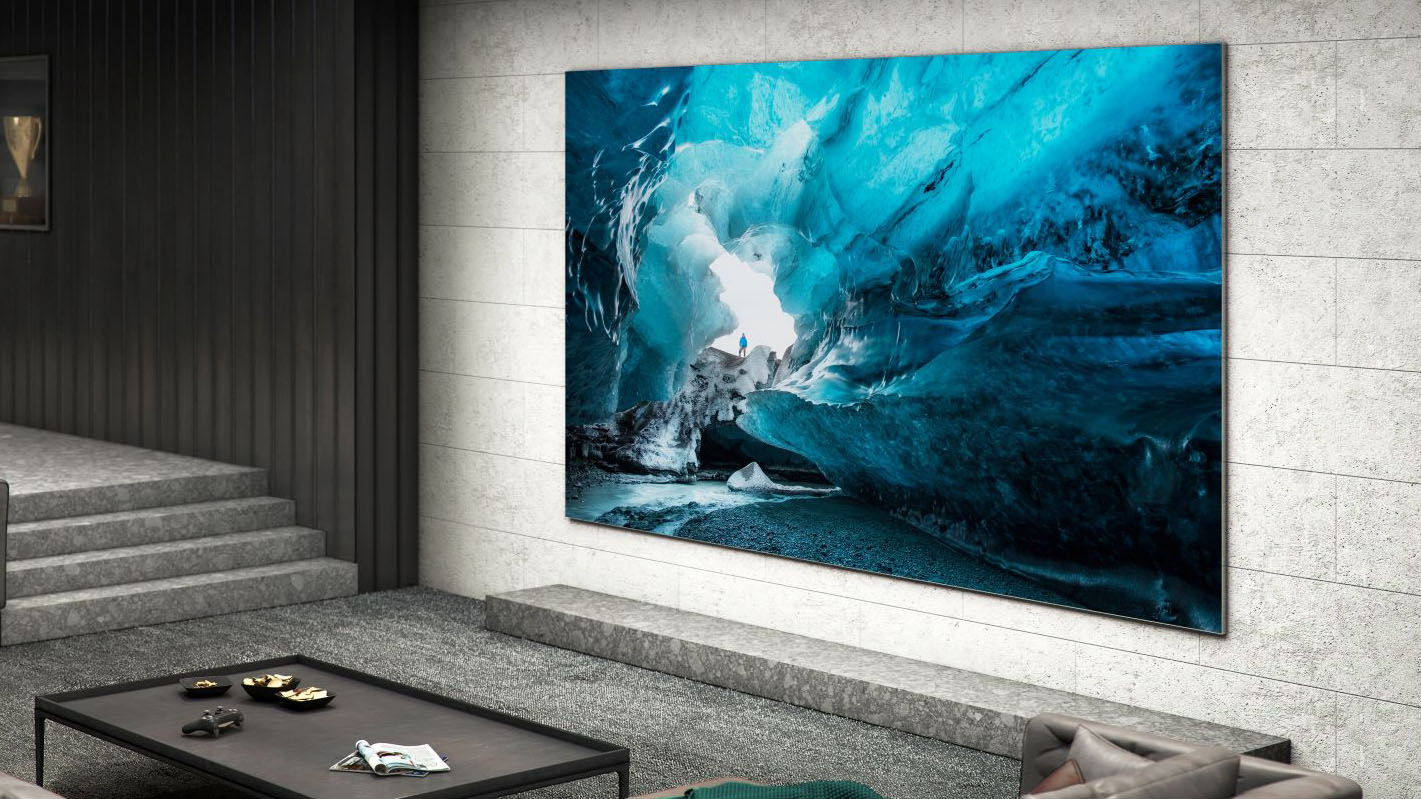

While 2021’s virtual CES might have struggled to generate as much raw impact as the usual ‘in-person’ show, it hasn’t been without its TV stories – we've chosen the top TVs of CES 2021 here. But few TVs have been bigger – literally – than MicroLED.
Samsung announced that it was finally seriously targeting the home consumer market with a new 4K, 110-inch MicroLED screen that will ship as a complete, single panel (rather than, as before, having to be pieced together on site from smaller microLED ‘chunks’) and will carry a built-in 5.1-audio system.
Sony, meanwhile, announced not one but two new ranges of its Crystal LED version of MicroLED technology, both designed to be far easier to install, far easier to maintain and far cheaper than any of their predecessors. As well as catering for screen sizes as 'small' as 110 inches.
Obviously 110 inches is hardly pint-sized by TV standards, but if you’re into home cinema enough to have ever thought about buying a projector, the prospect of a 110-inch TV will definitely cause a few tingles. Especially when that TV has the picture quality potential associated with MicroLED.
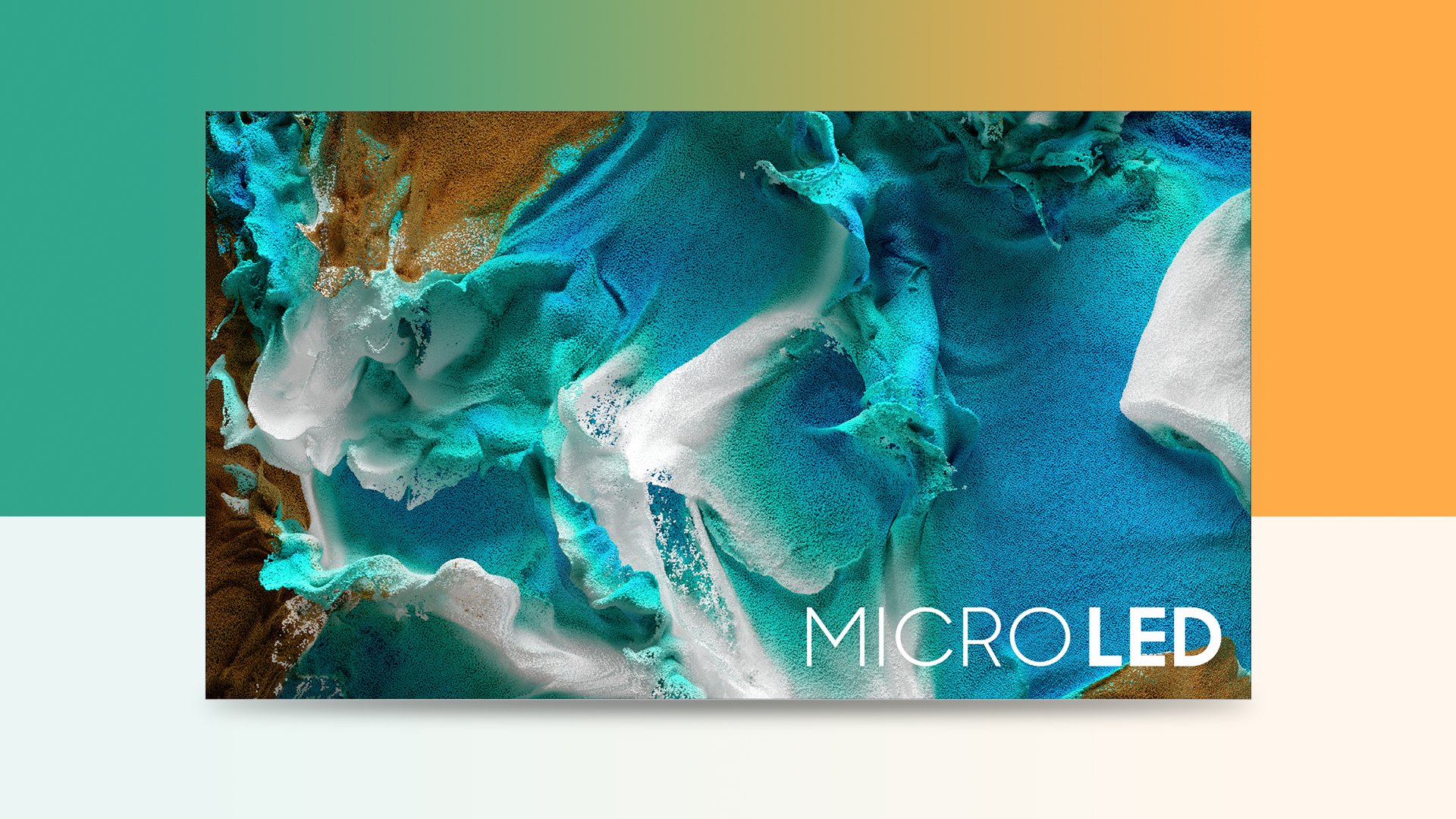
MicroLED means big picture quality
The basic concept behind MicroLED is that screens are built using LEDs so small (usually under 50 micrometers) that they represent individual pixels in the image. That's compared with the usual LED TV situation where far bigger LEDs are used in a backlight to light many hundreds or thousands of pixels at once.
You don’t have to be Einstein to realise that making a screen where each pixel is it’s own light source gives you a self-emissive type of display, opening the door to peerless levels of local contrast, colour and general light control. Which should add up to gorgeously natural, detailed, and refined images.
Given we already have a self-emissive technology in the form of OLED TVs, though, why do we need MicroLED? For one thing, unlike OLED, MicroLED doesn’t use any organic components, so you don’t have to worry about either permanent ‘screen burn’, or any gradual reduction of colour saturation over a display’s lifetime. In fact, Samsung reckons its MicroLED screens are good for 100,000 hours of use with no significant loss of performance.
Sign up to the T3 newsletter for smarter living straight to your inbox
Get all the latest news, reviews, deals and buying guides on gorgeous tech, home and active products from the T3 experts
Partly because of their ultra efficiency as light sources (MicroLED doesn’t require light to have to pass through any colour filters that dim it), and partly because there’s no need to worry about wearing out any organic elements, MicroLED screens can also be pushed substantially brighter than OLED TVs can. A key ability, of course, in today’s world of high dynamic range video.
Samsung has already hit 4,000 nits with MicroLED screens, and believes 10,000 nits is feasible. Even the most premium ‘standard’ LCD TVs, by comparison, only manage around 2,000 nits, while even Panasonic’s specially manufactured ultra-bright HZ2000 OLED TVs only achieve around 1,000 nits.
MicroLED’s self emissive nature means it has the potential, at least, to also deliver OLED-like black levels. Couple these with its enormous brightness potential and you’re looking at hitherto unimaginable levels of contrast.
MicroLED screens can huge colour ranges too and, thanks to their ability to combine that colour with more brightness, ground-breaking colour volumes.
There’s no ‘cross pollution’ of light or colour between each pixel, ensuring absolute lighting precision, and because MicroLED screens are self emissive, effective viewing angles are massive. At least as good as OLED. MicroLED screens are very fast to respond to changes in image content, too.
Perhaps the simplest way to sum MicroLED up is to say that it combines the best attributes of OLED technology with the best attributes of LCD technology into one potentially dream solution. So what’s not to like? Well…

MicroLED: the downsides
For starters, large MicroLED screens are currently made from an assembly of much smaller modules. In Sony’s new Crystal LED C series screens, for instance, a Full HD 110-inch panel would be built out of 16 modules, while a 220-inch 4K display would be built from 64 modules.
While being able to break big screens down into smaller modules makes them easier to cart around than finished king-sized screens, they still need expertly assembling when they reach their destination. They also need high level (read expensive) processing to configure so many small panels to work together to deliver a single finished image. And with any modular screen there’s the potential for visible seams or slight variations in the angle of each module’s surface to distract you from what you’re watching.
I should say right away in response to these issues, though, that seams have been reduced to almost invisibility by both Sony and Samsung’s latest MicroLED efforts. Also, using modular designs makes it possible to create screens in almost any aspect ratio or shape. This may not be particularly useful for home users looking simply for movie and TV-friendly 16:9- or, maybe, 21:9-ratio screens. But it certainly gives MicroLED an edge in the commercial installation world.
As noted earlier, too, Samsung’s new home-friendly 110-inch screen ships pre-assembled, all as one complete unit, like any other TV. And one of the key points about Sony’s new Crystal LED models is that they can, for the first time, be constructed using normal tools without specialist training.
Another issue with MicroLED, though, is how big screens currently need to be to deliver the Full HD or, ideally, 4K resolutions domestic users would be looking for.
This sounds counterintuitive when you’re talking about technology with micro in its name, but the electronic processes and difficulties associated with fitting so many self-emissive LEDs into a confined space represent a massive challenge. So much so that while Samsung has, impressively, achieved a 110-inch 4K screen this year (and promises other smaller sizes, but is noticeably reluctant to say exactly what they'll be currently), Sony’s 110-inch Crystal LED monster is only HD. And its smallest 4K 16:9-aspect ratio screen would be 220 inches. Which really is a stretch for a domestic installation.
It won’t come as much of a surprise from reading all this that one other huge hurdle to widespread MicroLED adoption for the home is cost. ‘The Wall’ MicroLED screens Samsung introduced in 2019/2020 cost hundreds of thousands of dollars, for instance. And even the new ‘domesticated’ screen it announced at the CES costs around $150,000.
As for Sony’s new Crystal LED screens, while they are reckoned to be much cheaper than their predecessors (exact pricing isn’t yet available), it’s no coincidence that they’re being targeted first and foremost at the likes of movie studios and big corporations.
The difficulties with manufacturing MicroLED at any sort of mass scale is part of the reason we’re not currently seeing substantial ‘single panel’ MicroLED screens appearing in any sort of volume. The yield rate of viable full-sized screens (meaning how many can be successfully produced without flaw), given how many perfect pixels they would have to contain, would currently be unsustainable.
Of course, most if not all screen technologies start off costing an arm and a leg, before gradually achieving mass production. Almost everything I continue to hear about MicroLED technology and the difficulties associated with its manufacture, though, unfortunately makes it seem like there’s still a technological mountain to climb before it becomes something you don’t have to be a multi-millionaire to buy. And in the years it will likely take to climb that mountain, who’s to say something else won’t come along to fill the gap?
John Archer has been testing TVs and AV gear for over 25 years, having worked on Home Cinema Choice magazine. He's a contributor to Forbes, TechRadar, Trusted Reviews, Wired and many more places – if you've owned a TV in the last couple of decades, John's probably reviewed it somewhere. He's seen so many hot new technologies come and go, like tears in the rain.
-
 Garmin’s on a mission to update your wrist into oblivion as 100+ tweaks land on Fenix and Enduro watches
Garmin’s on a mission to update your wrist into oblivion as 100+ tweaks land on Fenix and Enduro watchesThe latest beta update looks comprehensive
By Matt Kollat Published
-
 5 reasons you should be excited about the brand new Samsung Bespoke AI Jet Ultra
5 reasons you should be excited about the brand new Samsung Bespoke AI Jet UltraNot sure if it’s obvious... but I can't wait to try it
By Lizzie Wilmot Published
-
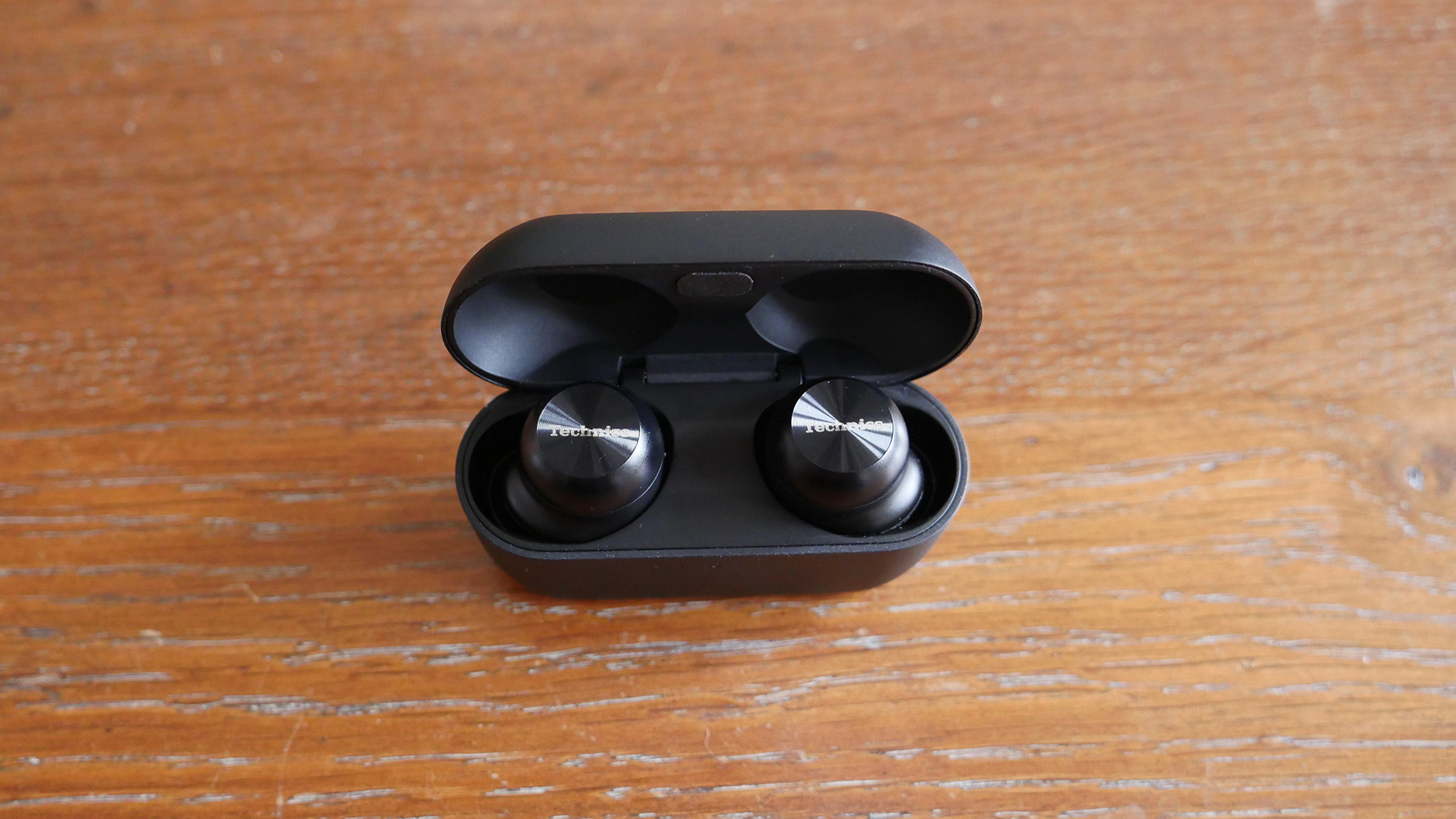 I went to Kyoto to try Technics' new flagship earbuds – here's what's new
I went to Kyoto to try Technics' new flagship earbuds – here's what's newTechnics is claiming some big gains with the AZ100
By Max Freeman-Mills Published
-
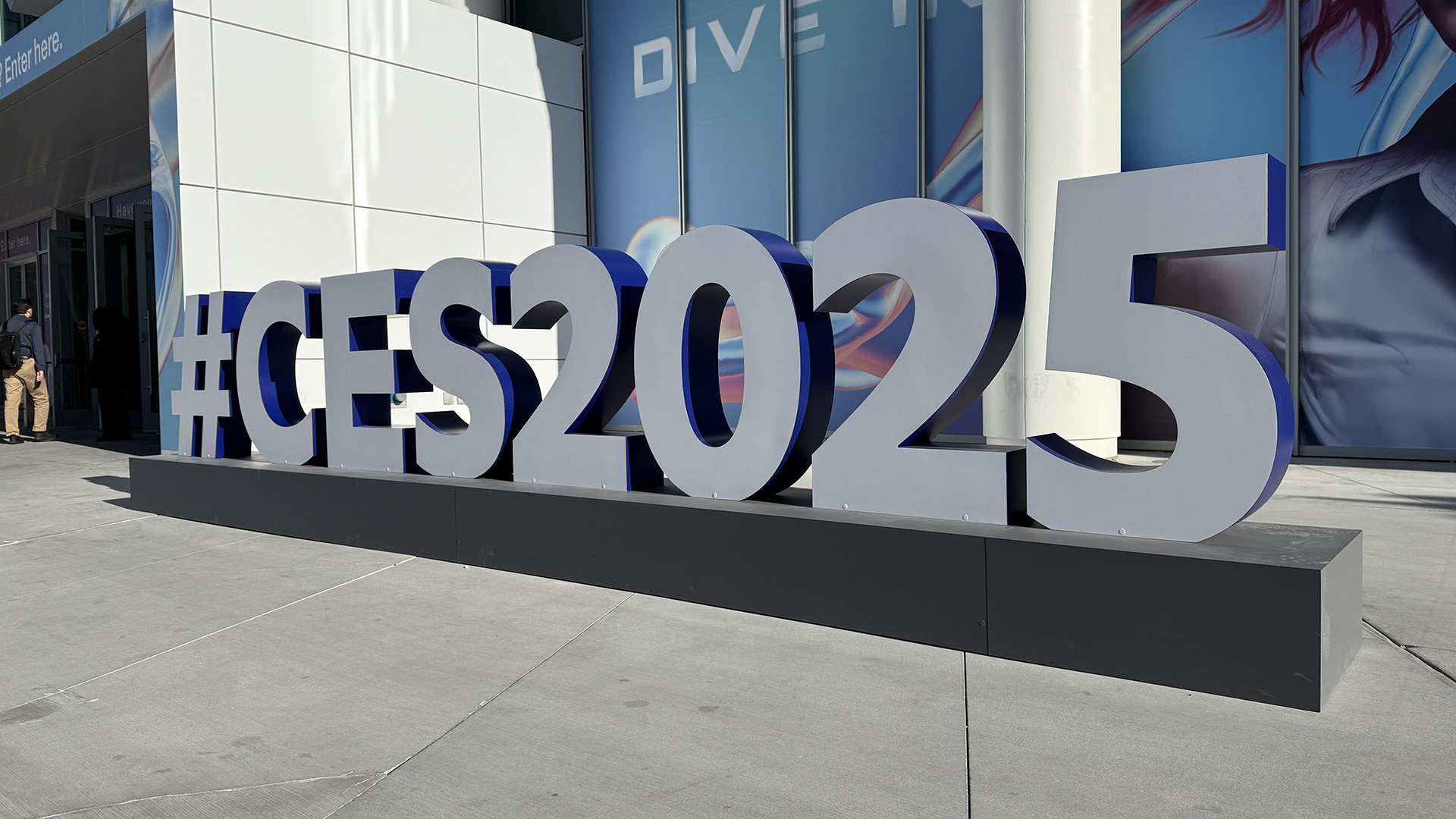 The best of CES 2025: 21 top gadgets from the show
The best of CES 2025: 21 top gadgets from the showThe Consumer Electronics Show 2025 didn't disappoint. These are T3's award-winners from the Las Vegas event
By Mat Gallagher Published
-
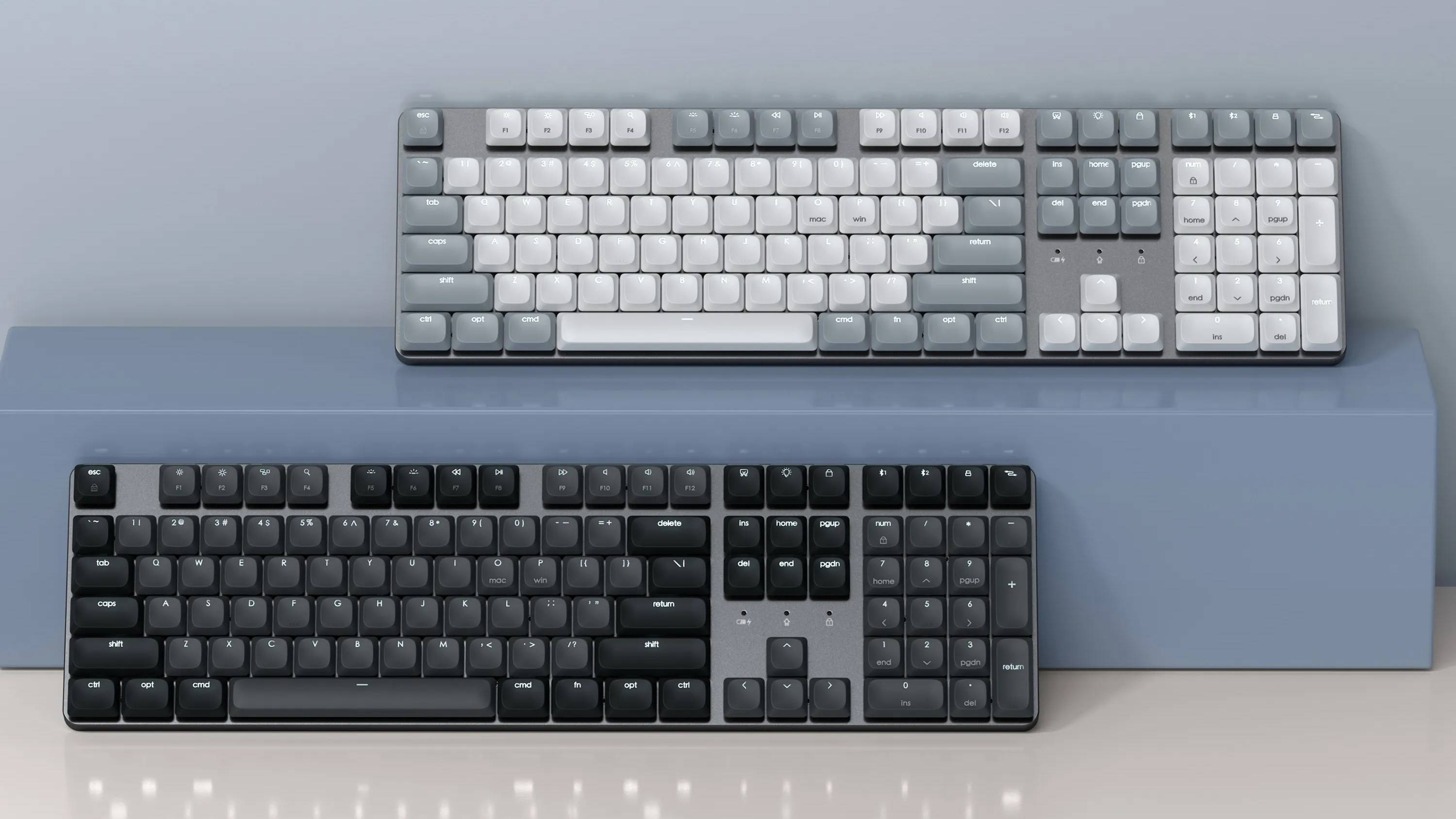 Satechi's SM3 Slim is the mechanical Mac keyboard we've always wanted from Apple
Satechi's SM3 Slim is the mechanical Mac keyboard we've always wanted from AppleThis impressive keyboard won't look out of place in your Apple setup
By John McCann Published
-
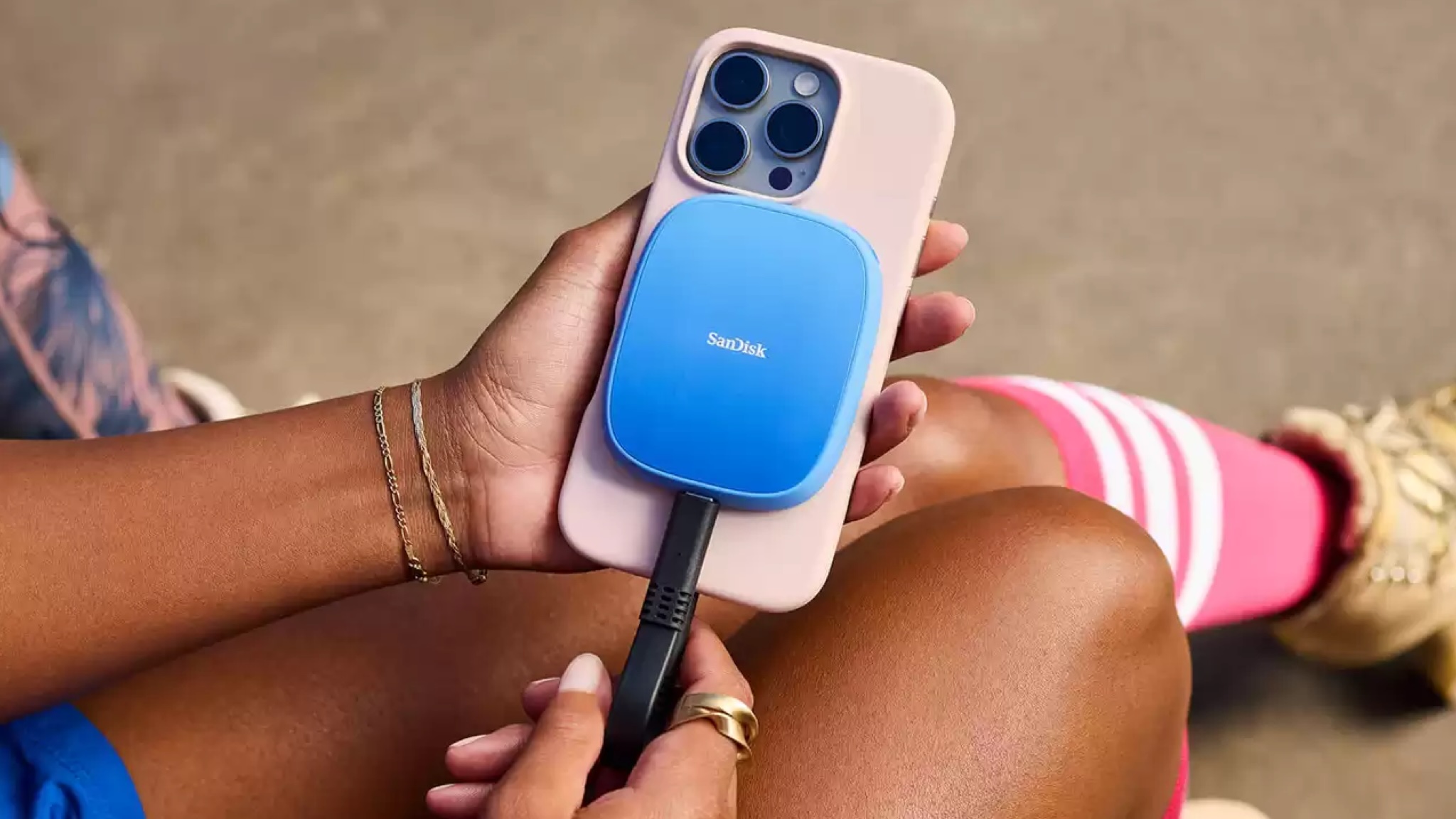 This clever iPhone upgrade gives you massive storage without the Apple price
This clever iPhone upgrade gives you massive storage without the Apple priceNo room on your iPhone? This MagSafe adapter gives you huge space
By Carrie Marshall Published
-
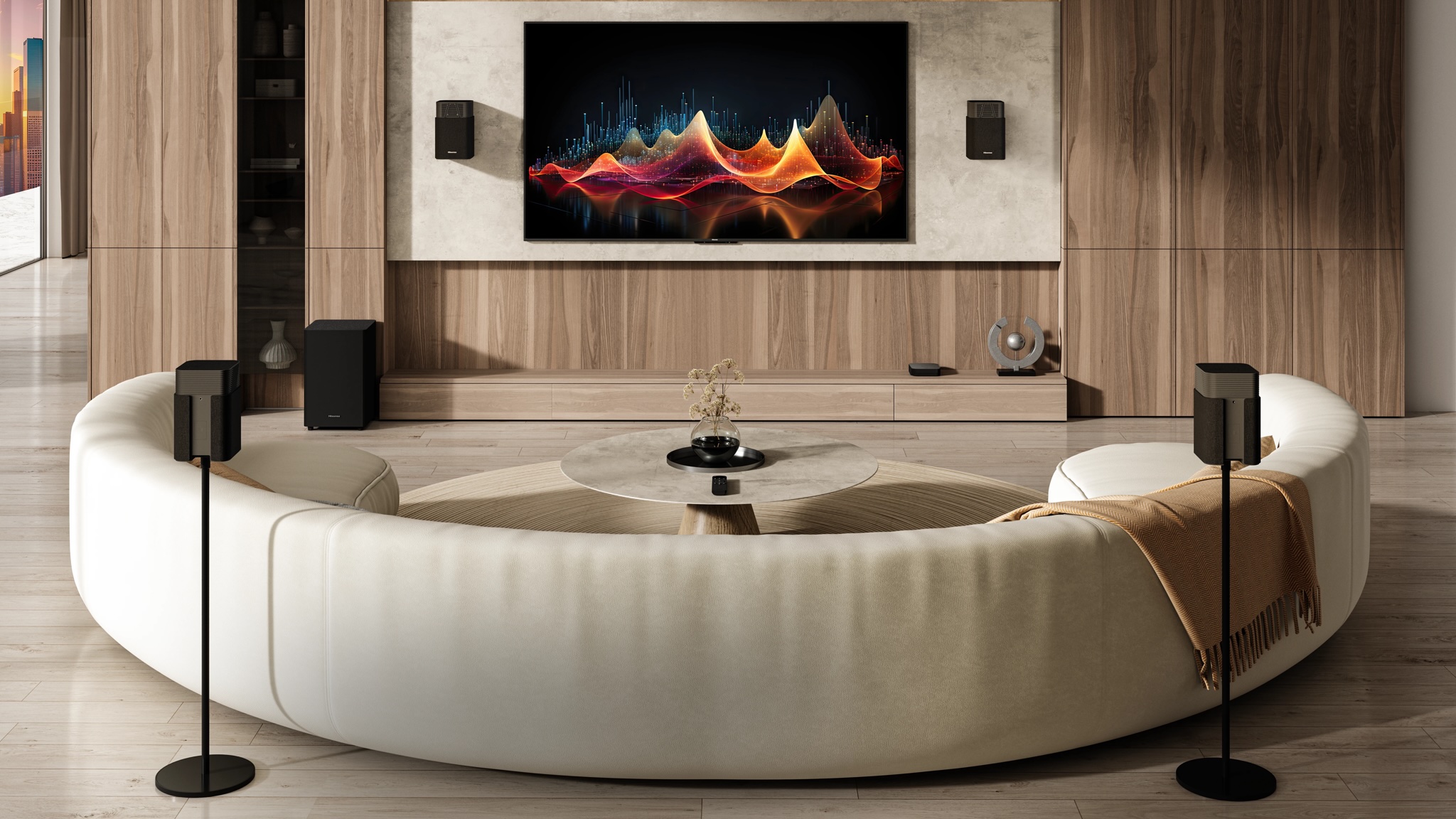 Hisense’s new wireless surround system looks like a serious rival to Sony
Hisense’s new wireless surround system looks like a serious rival to SonyHisense's wireless surround system packs a low-end punch that rival's could struggle to match
By Carrie Marshall Published
-
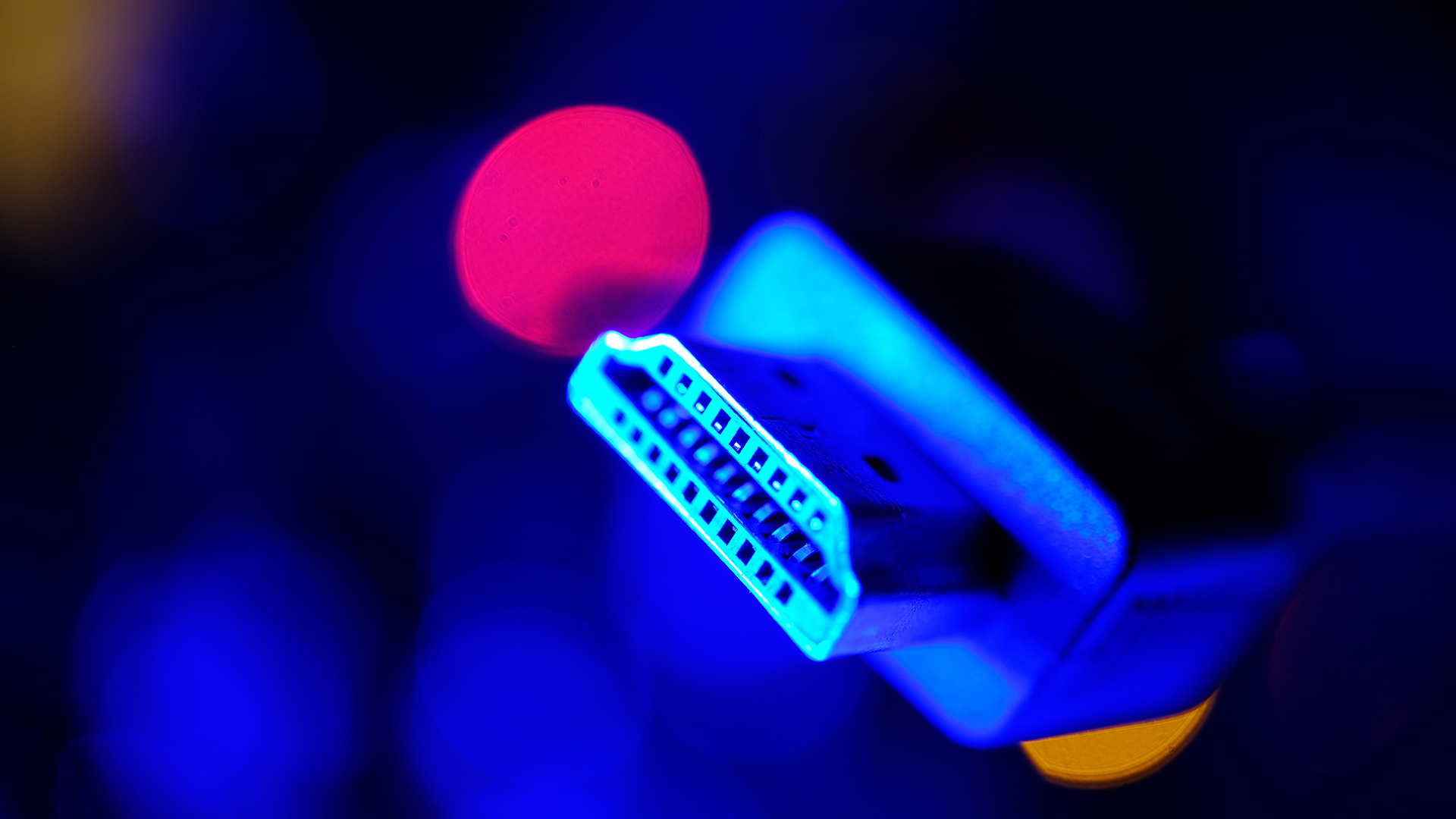 My favourite CES 2025 announcement initially seems boring – but it could change entertainment forever
My favourite CES 2025 announcement initially seems boring – but it could change entertainment foreverThe next wave of TVs, games consoles, projectors and streamers are facing huge upgrades
By Rik Henderson Published
-
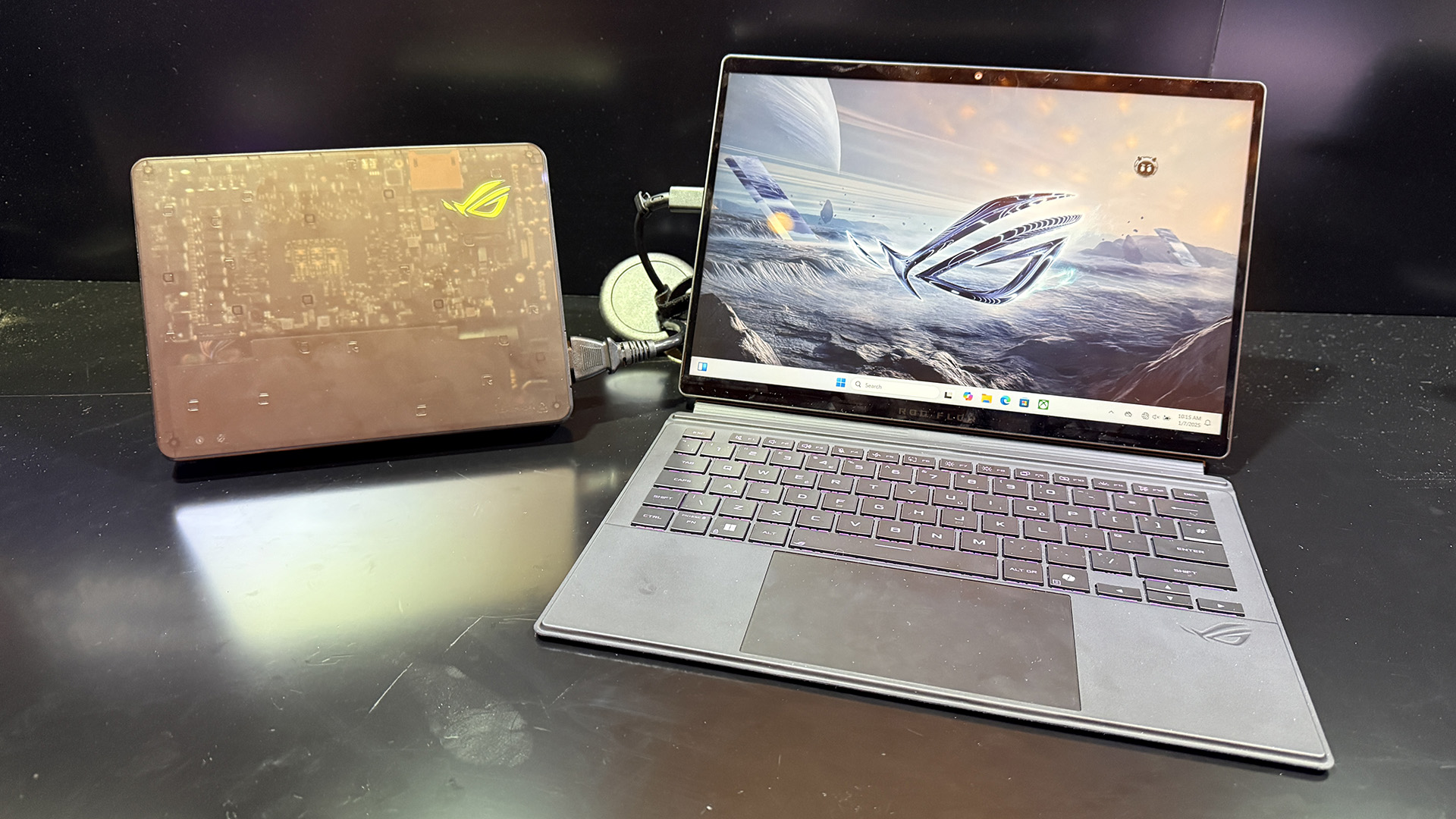 Forget your steam decks, Asus just updated its powerful gaming tablet
Forget your steam decks, Asus just updated its powerful gaming tabletThe Asus ROG Flow Z13 gets a big update for 2025, making it the ultimate gaming all-in-one
By Mat Gallagher Published
-
 Microsoft wants to ditch Windows for future Xbox gaming handhelds
Microsoft wants to ditch Windows for future Xbox gaming handheldsXbox’s console operating system could shape how we use future handhelds
By John McCann Published